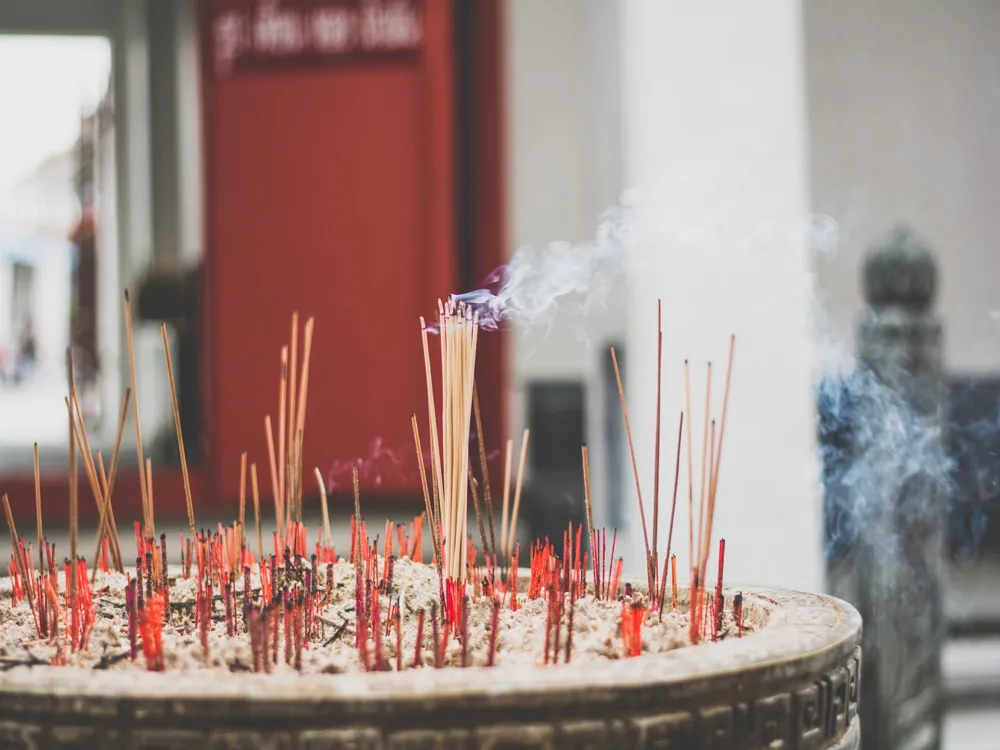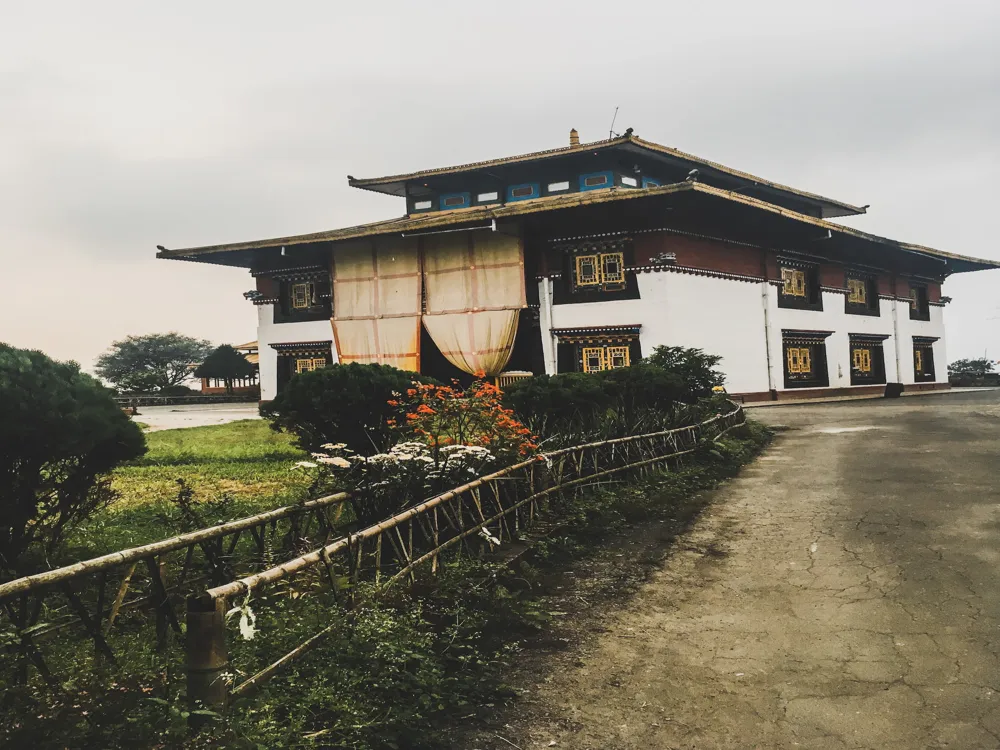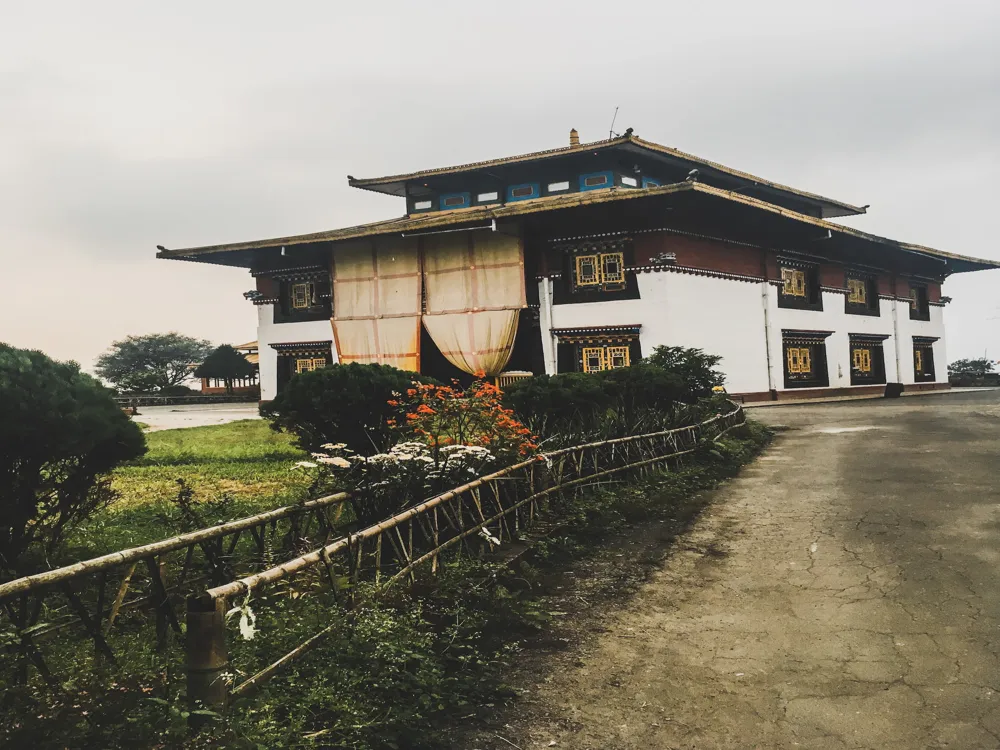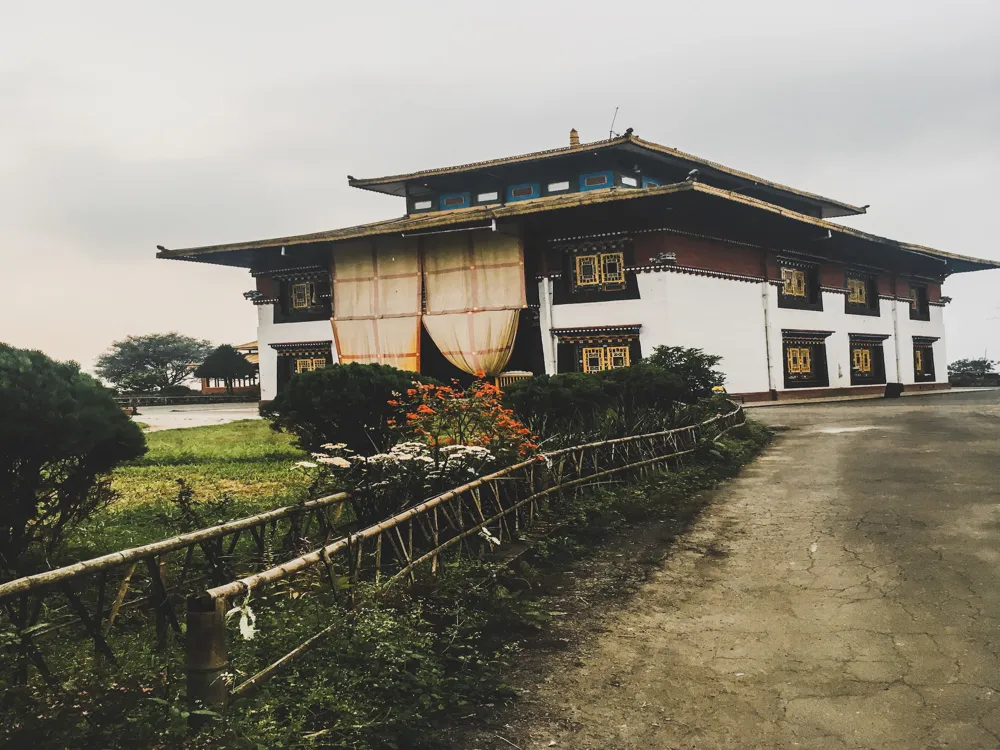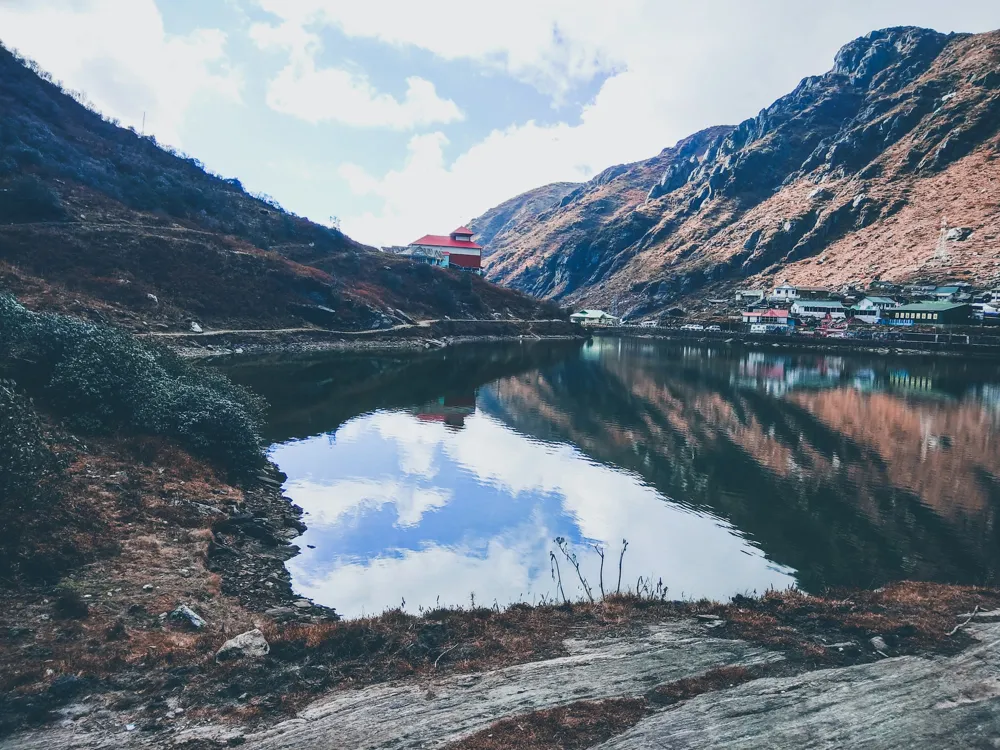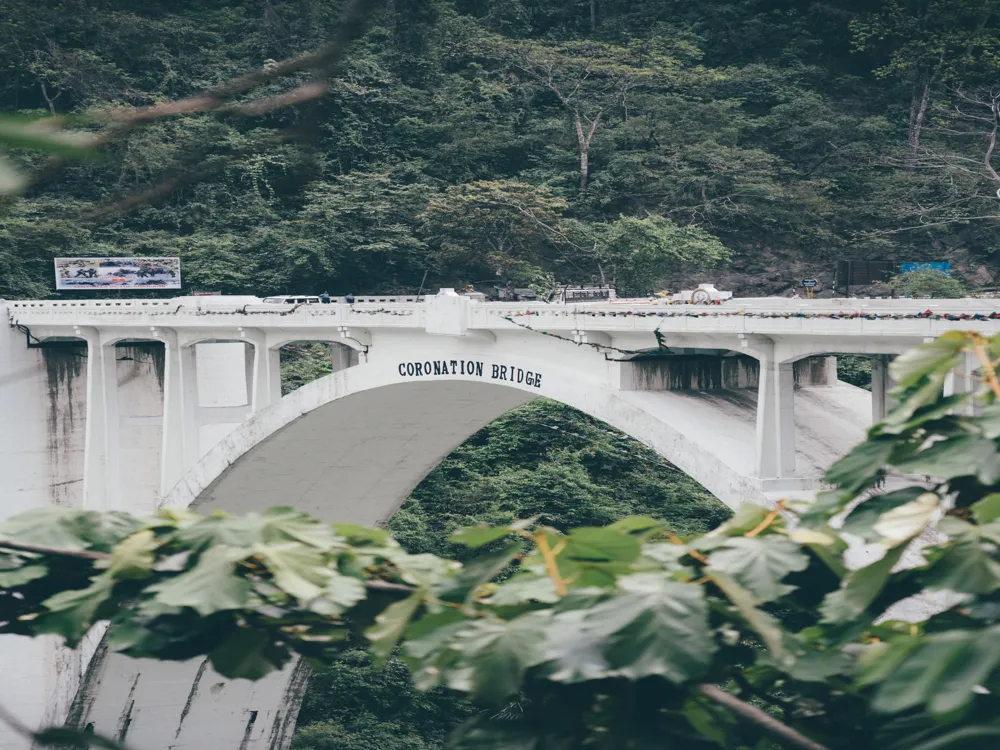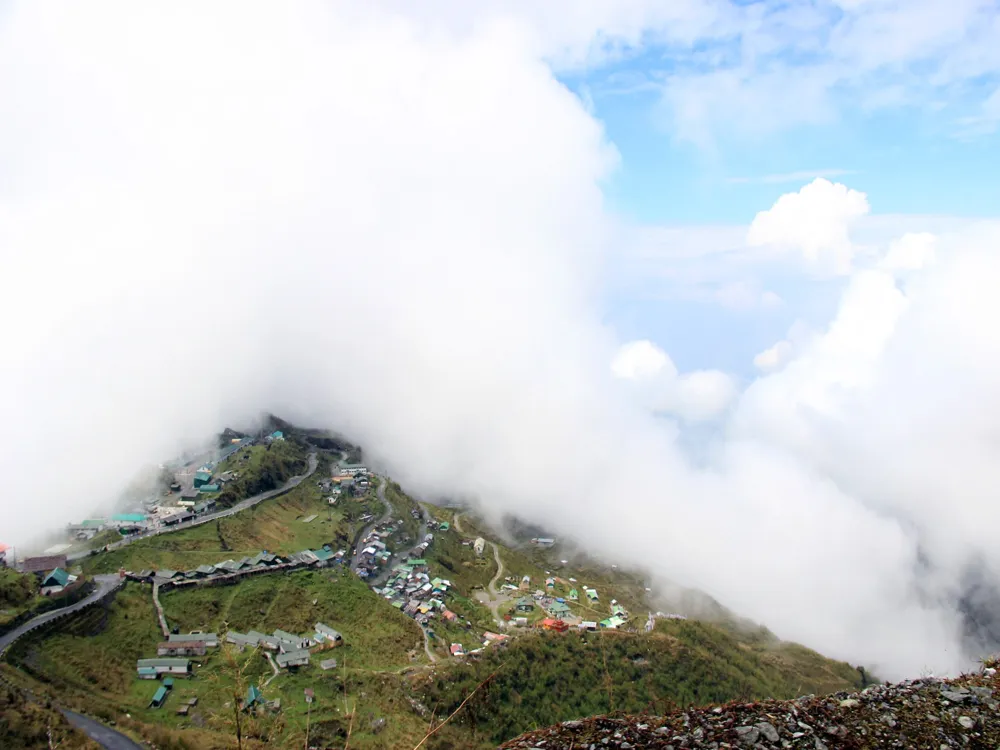Nestled in the Eastern Himalayas, Gangtok is not just the capital city of Sikkim but also a hub of cultural diversity, rich history, and natural beauty. This vibrant city is perched at an altitude of 1,650 meters and offers breathtaking views of the majestic Khangchendzonga. Gangtok is a melting pot of different cultures and traditions, with influences from Nepalese, Lepchas, and Bhutia communities. The city's name, derived from the Tibetan word for 'hillside,' reflects its unique topography.
Gangtok's journey from an unknown hamlet to a prominent Buddhist pilgrimage site and eventually a bustling city is fascinating. The city's history is deeply intertwined with the mysticism of monasteries, the legacy of the Chogyals (Sikkim's erstwhile rulers), and its strategic significance in the Northeastern corridor of India. Gangtok today stands as a testament to Sikkim's rich heritage and its evolution into a modern urban center while preserving its ecological sanctity and cultural ethos.
The city's charm lies not just in its natural beauty but also in its clean, well-organized streets, vibrant markets, and friendly locals. Gangtok is a gateway to some of the most spectacular treks, monasteries, and natural wonders in the region. The city's commitment to sustainable tourism and its efforts to maintain a balance between development and ecological conservation set it apart as a unique travel destination in the Himalayas.
Gangtok's weather plays a significant role in defining its allure. The summers are pleasant and perfect for exploring the outdoors, while winters bring a chilly charm with occasional snowfall. The monsoon season, although challenging, transforms the city into a lush green paradise. Each season in Gangtok has its own flavor, making it an all-year-round destination.
The city's cultural calendar is bustling with festivals and events, reflecting the harmony and diversity of its inhabitants. From the colorful Saga Dawa festival to the enchanting Pang Lhabsol, Gangtok's festivals are a vibrant display of its rich cultural tapestry. The city also serves as a canvas for modern expressions, with art, music, and culinary experiences that blend traditional and contemporary influences.
The architecture of Gangtok is a beautiful amalgamation of traditional Sikkimese designs and modern influences, creating a unique urban landscape that is both functional and aesthetically pleasing. The city's architecture is deeply influenced by its geography, climate, and the cultural heritage of its people.
Traditional Sikkimese architecture, predominantly seen in older structures and monasteries, is characterized by its use of local materials like wood and stone. The designs often feature intricate carvings, vibrant colors, and symbolic motifs that reflect Buddhist and local cultural themes. These structures are not just architectural marvels but also serve as repositories of Gangtok's rich history and spiritual beliefs.
The Rumtek Monastery, one of Gangtok's architectural jewels, exemplifies traditional Buddhist architecture with its stunning murals, intricate thangkas, and ornate woodwork. It stands as a symbol of the profound Buddhist influence on the city's cultural and architectural landscape.
In contrast, modern Gangtok showcases a different architectural narrative. The city has embraced contemporary styles, with urban planning that considers the hilly terrain and seismic activity of the region. Modern buildings in Gangtok blend functionality with aesthetic appeal, using innovative designs that respect the city's ecological sensitivity.
The MG Marg, Gangtok's main street, is a testament to its modern architectural ethos. This pedestrian-only zone is lined with contemporary structures that house shops, restaurants, and public spaces. The street is a model of urban planning, with well-thought-out landscaping, seating areas, and an efficient waste management system, reflecting the city's commitment to sustainable development.
Gangtok's architecture is not just about buildings; it's about creating spaces that celebrate its heritage, promote sustainable living, and foster community engagement. The blend of traditional and modern architecture in Gangtok offers a visual narrative of its journey from a remote Himalayan town to a thriving urban center, embodying the spirit of resilience and innovation of its people.
The ideal time to visit Gangtok is between March to June and September to December. During these months, the weather is pleasant, and the views of the Himalayas are clearest. However, if you enjoy monsoon landscapes, July to August can be a magical time to visit, keeping in mind the possibility of landslides.
Pack according to the season. Warm clothing is a must, as evenings can be chilly. Carry rain gear if you're visiting during the monsoon. Comfortable walking shoes are essential for exploring the city and nearby trekking routes. Don't forget to pack sunscreen, sunglasses, and hats to protect against the sun at high altitudes.
Respect local customs and traditions. Dress modestly when visiting monasteries and religious sites. It's customary to remove shoes before entering sacred places. Always ask for permission before taking photographs of locals or religious sites.
Shared taxis are a popular mode of transport in Gangtok. Negotiate the fare before starting your journey. For longer excursions, consider hiring a car with a driver, which can be arranged through your hotel or local travel agencies.
Stay hydrated and eat well-cooked food to avoid altitude sickness and other health issues. Carry basic medications and a first-aid kit. Gangtok is generally safe, but it's always wise to take standard precautions like avoiding deserted areas at night and keeping your valuables secure.
Gangtok is well-connected by road, air, and rail. The nearest airport is Pakyong Airport, about 35 km from the city. Bagdogra Airport in West Bengal is another option, about 125 km away. From these airports, taxis and buses are available to Gangtok. The nearest railway station is New Jalpaiguri in West Bengal, from where you can take a taxi or a bus to Gangtok. The city is also accessible by road from nearby states and cities, with regular bus services and the option to drive.
Overview of Gangtok, Sikkim
Architecture of Gangtok
Tips When Visiting Gangtok
Best Time to Visit
Packing Essentials
Local Etiquette and Customs
Transportation Tips
Health and Safety
How To Reach Gangtok
Namgyal Institute of Tibetology
Gangtok
Sikkim
₹ 9,700 onwards
View gangtok Packages
Weather :
Label : Must Visit
Tags : Landmark
Timings : Monday - Saturday: 10:00 AM - 4:00 PM (Closed on Sundays, Second Saturdays and Government Holidays)
Entry Fee : INR 10
Planning a Trip? Ask Your Question
Gangtok Travel Packages
View All Packages For Gangtok
Top Hotel Collections for Gangtok

Private Pool

Luxury Hotels

5-Star Hotels

Pet Friendly
Top Hotels Near Gangtok
Other Top Ranking Places In Gangtok
View All Places To Visit In gangtok
View gangtok Packages
Weather :
Label : Must Visit
Tags : Landmark
Timings : Monday - Saturday: 10:00 AM - 4:00 PM (Closed on Sundays, Second Saturdays and Government Holidays)
Entry Fee : INR 10
Planning a Trip? Ask Your Question
Gangtok Travel Packages
View All Packages For Gangtok
Top Hotel Collections for Gangtok

Private Pool

Luxury Hotels

5-Star Hotels

Pet Friendly







